Always up to date: Articles about light and smart buildings
Receive exciting news about light and smart buildings. We share current trends, innovative solutions and inspiring insights that show how good light and smart technologies enrich our lives. Discover what drives us and what moves the industry.
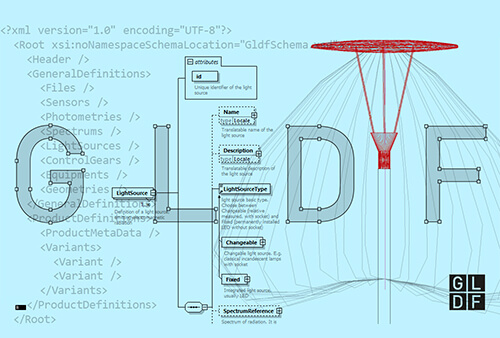
GLDF
The Global Lighting Data Format is a new, modern and modular lighting data format. It not only includes ROLF and ULD, but also supports complex luminaires and sensors, and saves effort in creating and interpreting lighting data. Open and freely available. Developed by DIAL and RELUX.
→ Learn more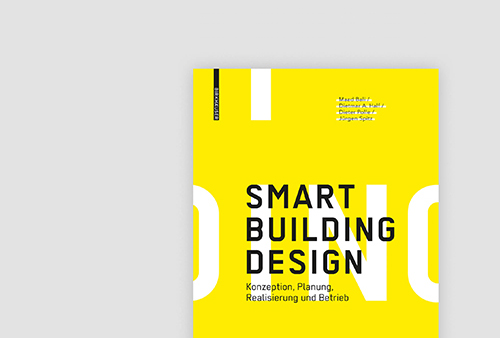
Smart Building Design
In 2018, we published our first book on the topic of intelligent architecture with Birkhäuser Verlag.
→ Learn more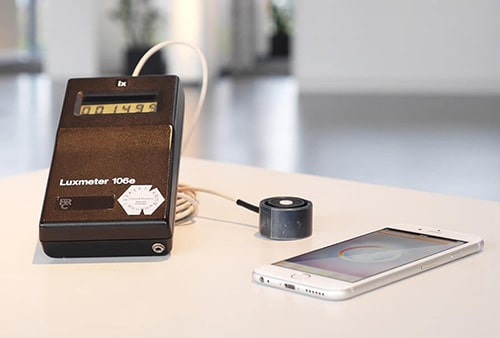
Luxmeter App vs. measuring device
There is an app for everything. With this promise, smartphone and app manufacturers want to make our everyday lives easier. There are also numerous offers for the lighting and architecture sector. Of particular interest to us: Luxmeter apps - do they replace a professional measuring device?
→ Learn more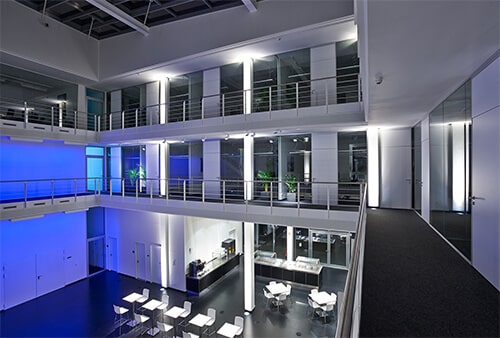
DIAL new building
With the new building of our company we have made a statement: The future lies in intelligent, fully automated buildings that are oriented towards their users. The architecture and overall technical concept were designed in-house.
→ Learn more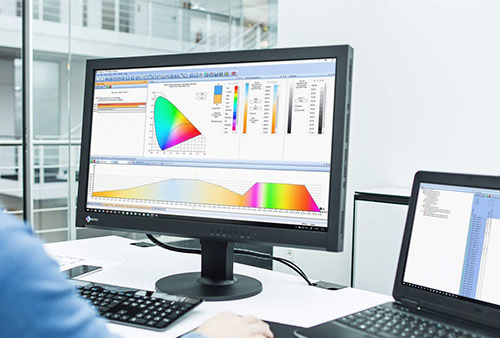
Controlling light colour with DALI
When planning lighting control with DALI, the focus nowadays is often on the pure function. Within HCL (Human Centric Lighting) there is frequently a demand for control of the colour temperature of accent lighting with saturated light colours. During the planning phase the user should always bear simple maintenance of the lighting installation in mind. It saves time and money if you can make adjustments yourself. But to do this you need expert knowledge.
→ Learn more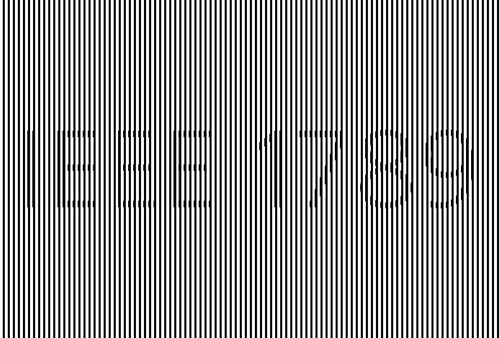
IEEE 1789: A new standard for evaluating flickering LEDs?
It is important in lighting design that there is no flicker and that there are no strobe effects. Visually perceptible flicker is definitely a deficiency. But even flicker at high frequencies which are beyond the visually perceptible range should not be ignored. Studies have shown that this type of flicker can have an influence on the human organism.
→ Learn more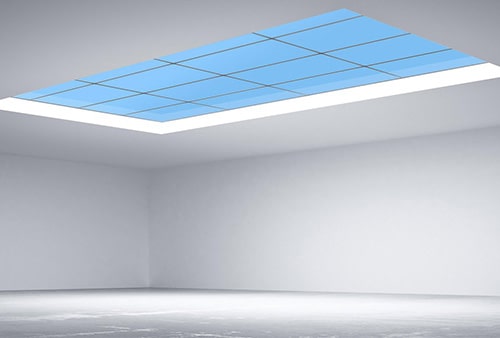
Daylight – is artificial just as good as natural?
We report on the importance of daylight, its colour, dynamics, spectral composition and how daylight is artificially produced. But what do people actually need?
→ Learn more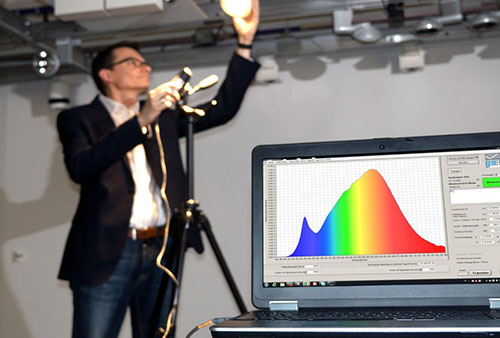
Efficiency of LEDs: The highest luminous efficacy of a white LED
The efficiency of lamps has increased considerably in recent years with the use of white LEDs in the field of architectural lighting. Retailers claim that we can expect a gigantic leap forward in luminous efficacy. Such claims cannot be taken seriously. What does luminous efficacy depend on and how efficient can a white LED actually be?
→ Learn more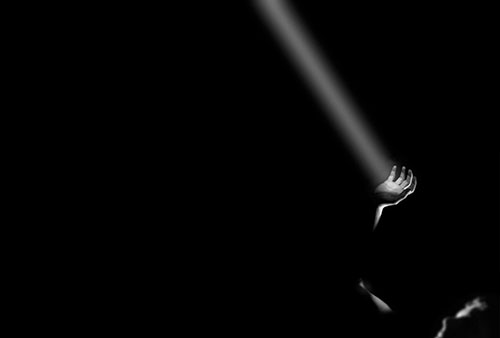
No glare from artificial light: What is behind the UGR method
What is the UGR value? Where is it required and used? We also inform you about the limits of the tabular method that determines the UGR value. And why is the UGR value given as a number in the luminaire data sheet?
→ Learn more